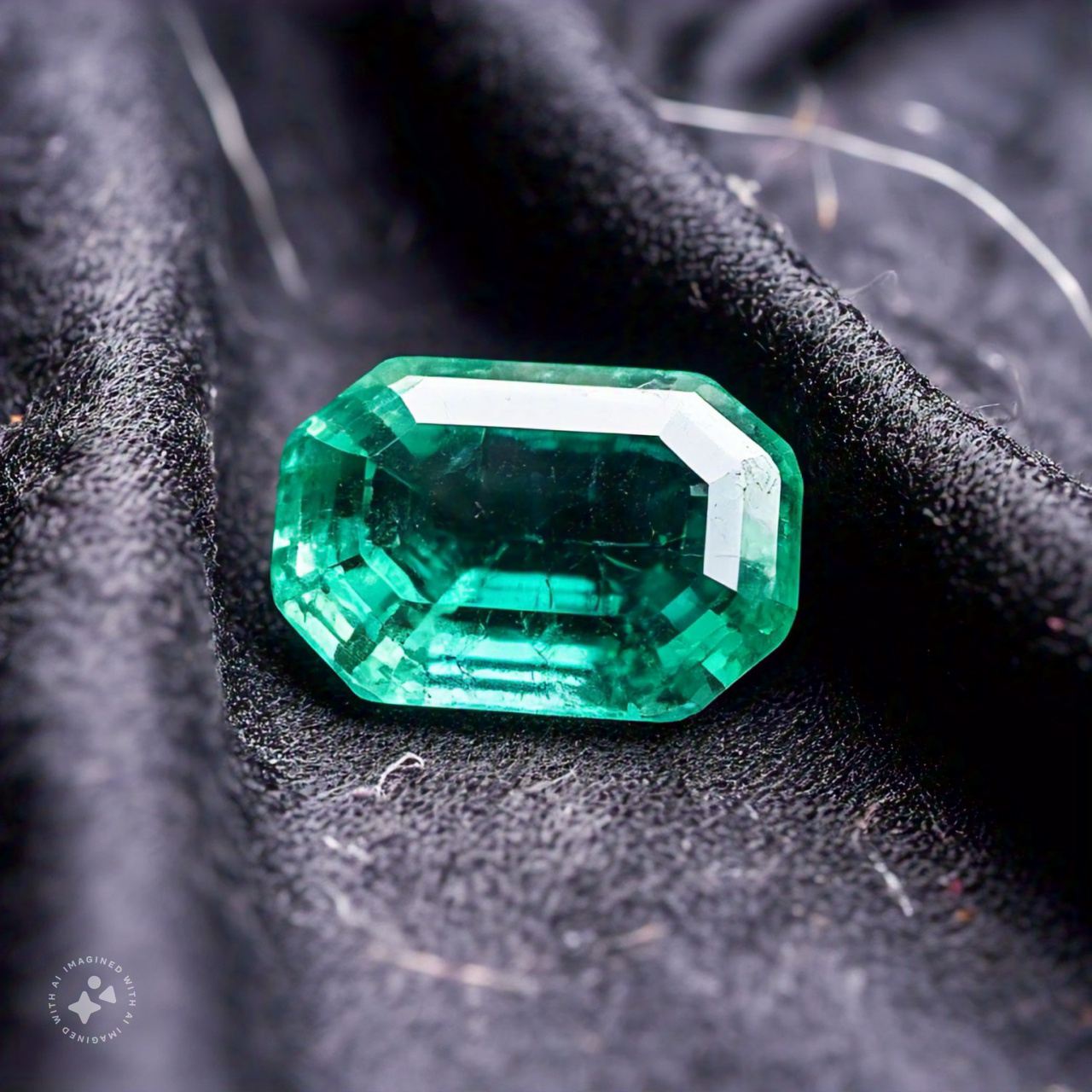*History and Mythology*
Emeralds have been mined for over 4,000 years, with the ancient Egyptians, Greeks, and Romans prizing them for their beauty and spiritual significance. According to legend, the emerald was a favorite of Cleopatra, who wore them as a symbol of her power and status.
*Benefits of Emeralds*
Emeralds are believed to possess numerous benefits, including:
1. *Calming and Balancing*: Emeralds are said to have a calming effect on the mind and body, helping to balance emotions and reduce stress.
2. *Improving Vision*: In ancient times, emeralds were believed to improve eyesight and even cure eye diseases.
3. *Boosting Immune System*: Emeralds are thought to have healing properties that can boost the immune system and protect against diseases.
4. *Promoting Abundance*: Emeralds are often associated with abundance and prosperity, believed to attract wealth and good fortune.
*Uses of Emeralds*
Emeralds are used in various ways, including:
1. *Jewelry*: Emeralds are a popular choice for fine jewelry, particularly in rings, earrings, and necklaces.
2. *Healing*: Emeralds are used in alternative healing practices, such as Reiki and crystal healing.
3. *Decorative Objects*: Emeralds are used to create stunning decorative objects, like vases, figurines, and ornaments.
*Emerald as a Birthstone*
The emerald is the birthstone for May, symbolizing love, fertility, and abundance. It's believed to bring good fortune and prosperity to those born in this month.
*Care and Maintenance*
To keep your emerald looking its best, follow these care and maintenance tips:
1. *Avoid Exposure to Heat*: Emeralds can be damaged by high temperatures, so avoid exposing them to heat or direct sunlight.
2. *Clean with Mild Soap*: Clean your emerald with mild soap and lukewarm water to avoid damaging the stone.
3. *Store Separately*: Store your emerald separately from other gemstones to prevent scratching or damage.
In conclusion, the emerald is a majestic gemstone that offers numerous benefits, uses, and significance as a birthstone. Whether you're drawn to its stunning appearance, its believed healing properties, or its symbolic meaning, the emerald is a gemstone that's sure to captivate and inspire.



